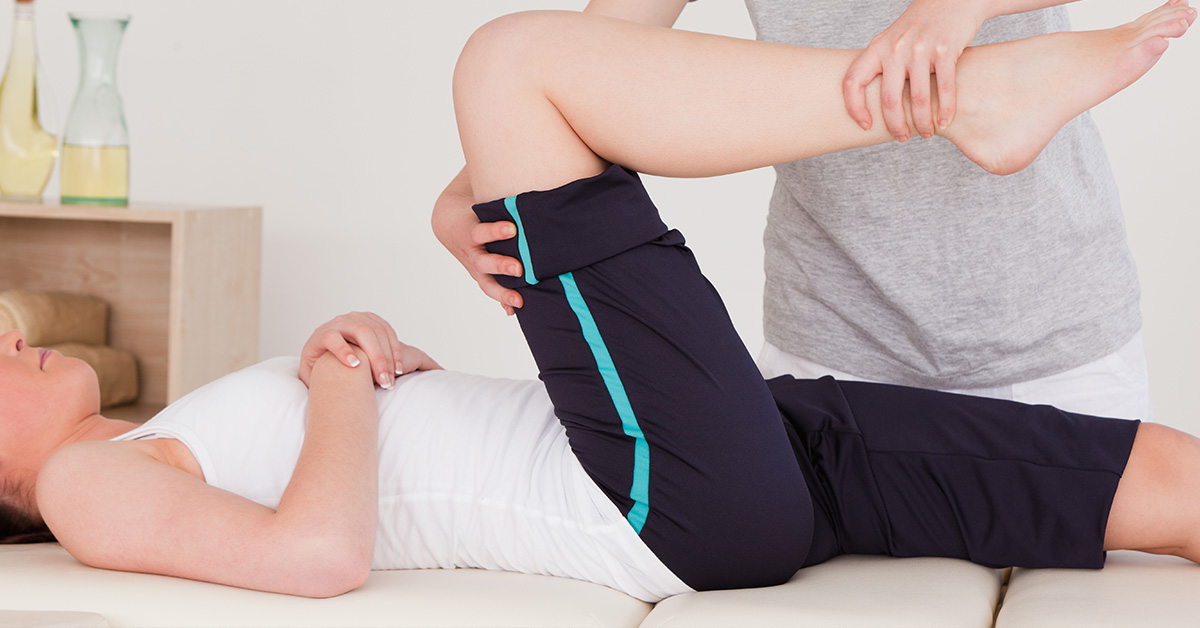
3 Nonsurgical Sprain and Strain Treatments
Sprains and strains are a common cause of pain. This article takes a look at how these conditions may be managed medically and with simple home remedies.
These are some of the simple methods of managing sprains and strains. Prevention is no doubt better than cure, and taking precautions when exercising performing any form of activity can prevent these from occurring in the first place. In most cases, these measures are sufficient, but sometimes surgical treatment may be warranted.
1. Simple Home Remedies
There are certain simple steps that can be taken to manage sprains and strains at home. These include:
- Protection - this refers to protecting the area that has been injured from any further injury. This can be achieved through a solid bandage or even some form of support or protective footwear.
- Rest - this step this important to allow inflammation within the sprained or strained area to subside. The affected muscle or joint should be completely rested for 2 to 3 days and any form of weight bearing should be avoided.
- Icepack application helps reduce inflammation and pain. Ideally, ice should be packed in a tea towel and placed on the affected area. Avoid applying ice directly onto the area as cold burns can occur on the skin. Ice should be only applied for short periods of time ranging between 20 to 30 min at a stretch.
- Compression bandage application can help maintain the swelling within limits and can also protect the affected area from any untoward movement. The bandage should be tight enough to limit the swelling but not so much as to affect the flow of blood.
- Elevation of the injured area helps keep the swelling down.
This simple home remedy is also called PRICE, and is recommended as the first line of managing sprains and strains.
In addition to the above, in cases where there has been injury to the ankle or lower limb, it is important to avoid exercises such as jogging or running, alcohol and massage to the area affected. These can delay healing and can worsen pain.
2. Immobilization
This is similar to resting the affected area but on occasions, certain supports or braces may be offered to the patient that will help keep the muscles and joints stable and immobile. This will give them enough time to heal.
3. Painkillers
There are a variety of painkillers that are easily available over-the-counter these days that can help manage pain effectively. These can include paracetamol and non-steroidal anti-inflammatory drugs such as ibuprofen and diclofenac. The latter are available as topical creams and sprays as well which can be helpful.
